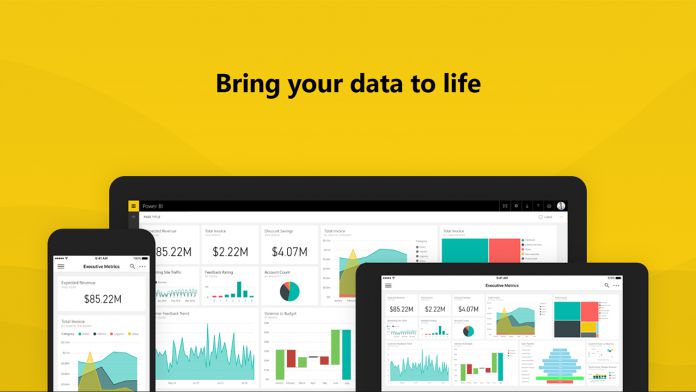In an accompanying blog post, the company says data volume will continue to rise. Citing an IDC report, Microsoft says data creation will top 160 zettabytes by 2025. That’s a lot of data, so analysis will need to be intelligent enough to quickly find what users need to see. Microsoft admits finding data and acting on it is a challenge. Normally, businesses would need a solution to use separate services to find, curate, and analyze data. This process is both time consuming and costly. With Common Data Service (CDS) for Analytics on Power BI, organizations can streamline data analysis. CDS gives Power BI more tools through a common data schema which allows businesses to integrate data from multiple locations: “Pre-built connectors for common data sources, including Dynamics 365, Salesforce and others from Power BI’s extensive catalog, will be available to help organizations access data from Microsoft and third parties. And organizations will be able to add their own data.”
App Support
Once the data has been gathered, molding it into useable insights and allowing actions to be taken is important. CDS will allow Power BI to deliver accelerated insights. Customers will get swifter access to self-service analytics and the choice to buy apps with CDS integrated: “Microsoft’s first-party Power BI Insights apps will deliver out-of-the-box insights tailored to specific line of business scenarios – across marketing, sales, service, finance, operations, talent. For example, Power BI for Sales Insights will address how to maximize sales productivity by providing insights into which opportunities are at risk and where salespeople could be spending their time more efficiently.” New apps build with the CDS for Analytics capability will be customizable and extendible. Microsoft says this will be possible from complex Azure platform applications such as Azure Machine Learning to small low code solutions. In either scenario, developers can customize their applications.




